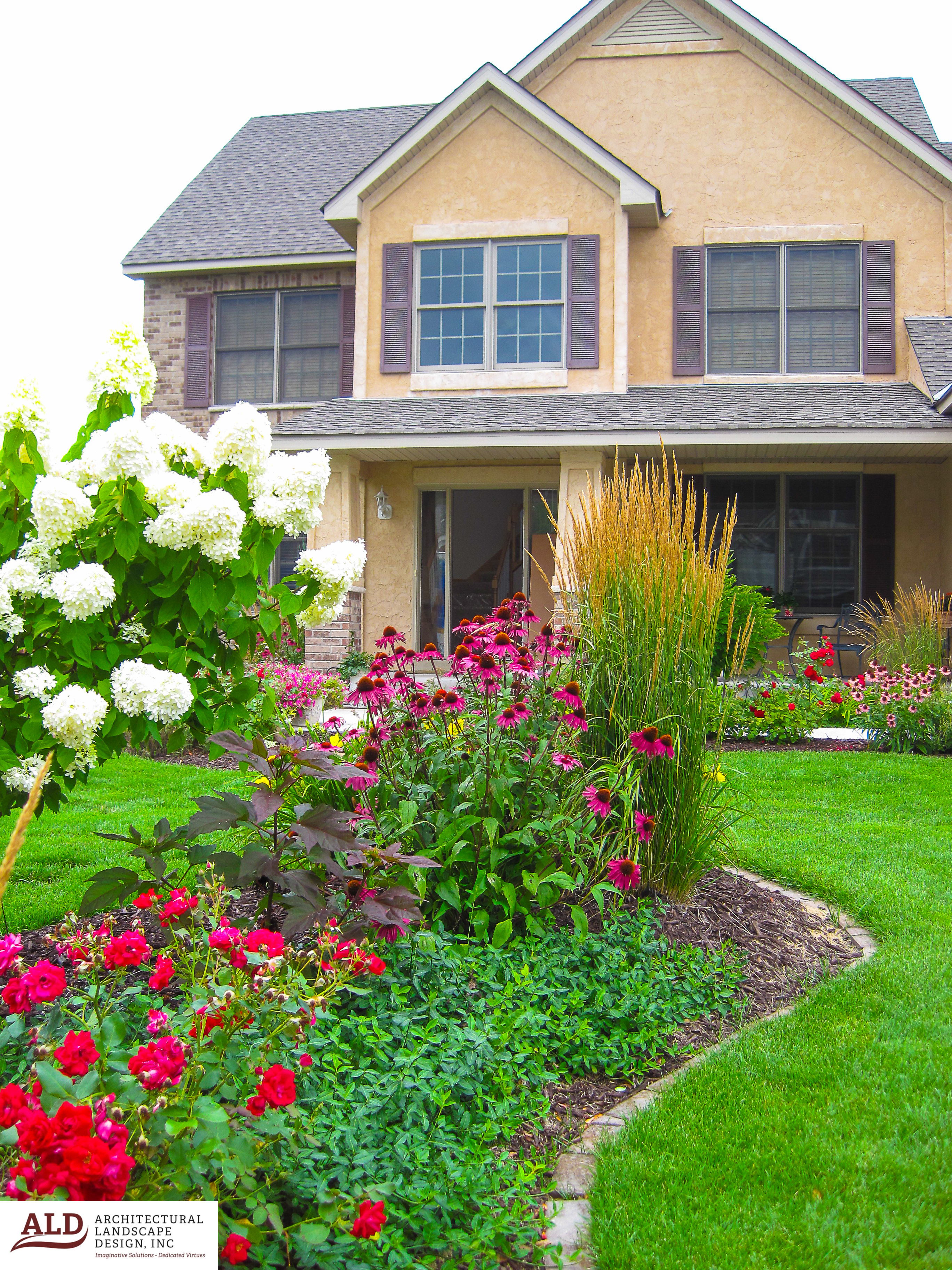A well-planned and properly maintained garden can make your home a showcase. It can create a sanctuary for you and your family to relax and enjoy the outdoors. You should begin with a landscape design that includes the elements you want in a plan that requires low maintenance. That makes it a smart choice for you and the environment.
Choosing Garden Plants
The first rule of creating a garden that lasts is to choose the right plants for your region and space. Knowing your area’s USDA Plant Zone is an excellent start. The zone tells you the lowest minimum temperature for a given place. Minnesota winters are harsh with temperature routinely plunging well below zero. It takes a hardy plant to survive these conditions.
Next, think about your site. The hardiness zone is a general recommendation. But your property may have different local conditions. There may be low spots that are mini wetlands. You may have higher elevations that are dry or acidic soil conditions that may prove challenging for some plants. Other things to consider include:
- Amount of sun/shade
- Direction the garden faces
- Type of soil (loam, clay, or sand)
Native plants offer another option that will often require less maintenance simply because they are adapted to the climate of your area. That gives them an advantage over ornamental plants that may need frequent care and watering. These plants are more tolerant of local conditions so that you may not have to use pesticides or fertilizers on them.
Opt for Perennial Plants Over Annuals
Perennial plants will give you the ultimate in a garden that lasts. You plant once and just provide ongoing maintenance. That makes them affordable too. The great thing about these plants is that they’ll spread and fill in a space. That will give your garden a lush appearance. The density of the plants will also help keep down the weeds.
Eco-Friendly Choices
There are certain plants you should avoid because they often become weedy and invasive. The USDA maintains a list of these so-called noxious plants at the federal level and by the state. The problem with these plants is that can encroach on native vegetation which provides food and cover for wildlife. They can easily overtake your garden and displace other plants too.
Planting for Wildlife
You can add to the enjoyment of your garden by choosing plants that will encourage birds and other wildlife. Plants such as purple coneflower and goldenrod will attract butterflies while providing gorgeous colors. Habitat loss is a major issue in developed areas. By creating a wildlife garden, you’re doing your part to protect local species.
You can include shrubs like dogwood or trees like hawthorn to provide food and cover for wildlife. They can provide reliable sources for both local populations and migrants coming through your area. Many of these plants are beautiful additions to any garden in their own right.
Create a Rain Garden
If you have a low area in your yard, you can make it a focal point instead of an eyesore by planting a rain garden. It includes plants that can tolerate flooding while anchoring the soil in place to prevent erosion from runoff. That’s often a problem in urban areas where water from impervious surfaces like roads and driveways can wash into waterways after rain events.
The runoff can bring harmful contaminants into lakes and streams. A rain garden will slow the flow of water so that it can settle into the sediment. It will prevent further erosion which can make lake water cloudy and inhospitable for aquatic plants and wildlife.
You have many options for creating a garden that will give you years of pleasure while making it environmentally friendly. The appropriate choice of plants can make it an even better option by providing reliable food and cover sources for birds and wildlife. It all begins with right landscape design.

